Folk rhythms such as San To dance, Chau dance, Bat dance… bear a strong local imprint with impressive movements, rhythms and traditional costumes of the Cao Bang people. All blend together, creating diversity in the cultural identity of a mountainous region that is considered the “green pearl” of the Northeast region of Vietnam.
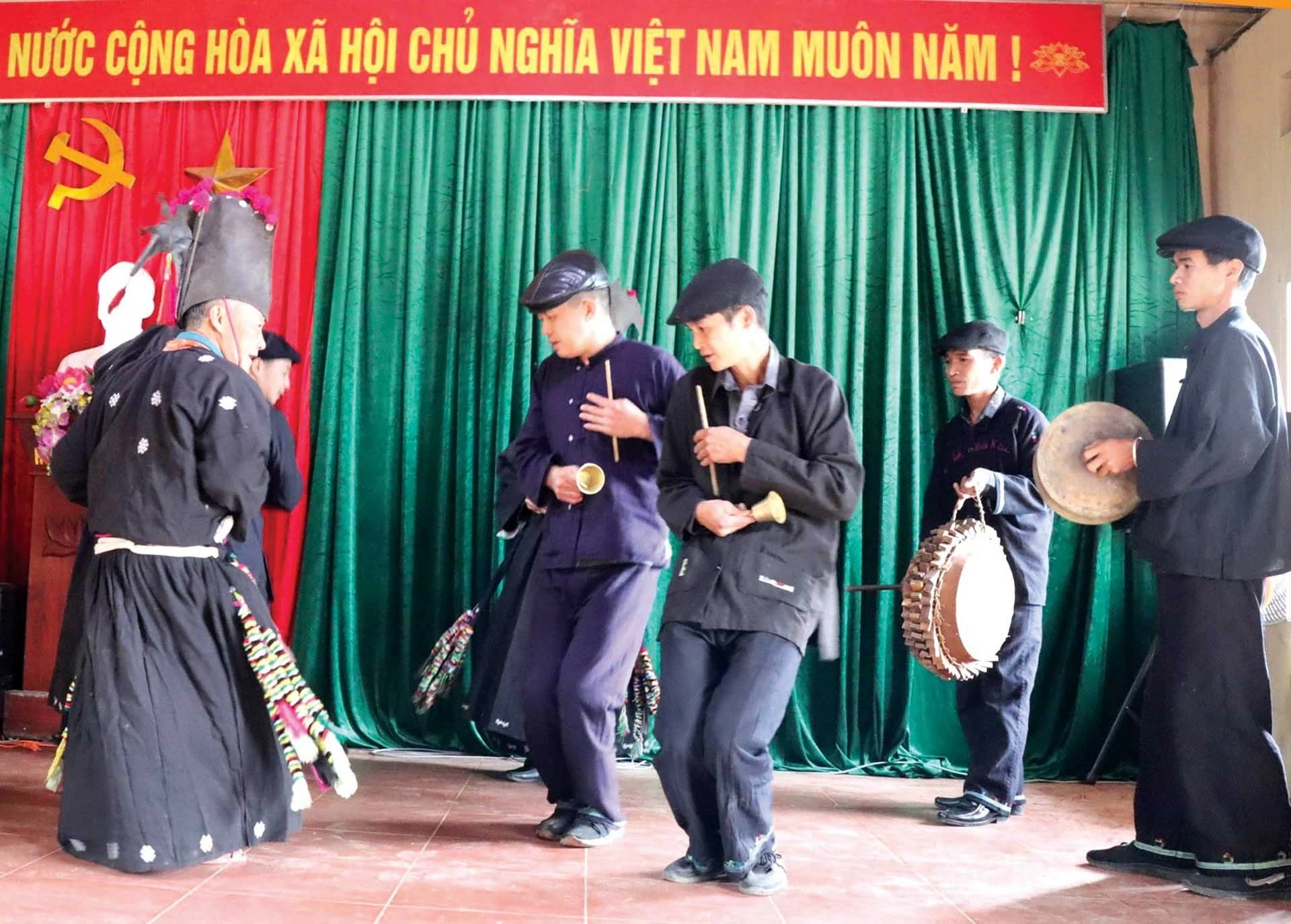 |
| Artists perform San To dance in Hoai Khao hamlet, Nguyen Binh district. (Photo: Phuong Lan) |
The delegation of the Vietnam Dance Artists Association had the opportunity to go to Cao Bang to learn about the folk dance art of ethnic minorities in the province such as Tay, Nung, Mong, Dao, Lo Lo, San Chi... Each ethnic group here has its own language, writing and cultural identity, but they have lived together, bonded for a long time and joined hands to build a rich and unified culture.
After more than five hours of traveling from Hanoi, Cao Bang appeared before our eyes in the distance, a natural landscape of mountains and hills, hidden in the misty mist, through the golden and silver rays of sunlight. The beauty of the colorful wildflowers blooming along the fields, the winding roads curving like white silk ribbons in the deep green of the great forest really captivated the travelers...
Preserving the unique dances
Leaving behind the hustle and bustle of the city, our group visited Hoai Khao hamlet, Nguyen Binh district to learn about the cultural life of the Dao Tien people.
Here, Dao artists enthusiastically introduced and performed their ethnic dance. The dance is called San To (also known as the cymbal turtle dance).
Each movement simulates the steps of catching turtles in the formation movements, sometimes horizontal, sometimes vertical, sometimes interwoven skillfully, smoothly, combined with the drum rhythm, sometimes fast, sometimes slow, sometimes intense...
The dance is highly collective and combined with the colorful costumes of the Dao Tien ethnic group, expressing the wish for the best things to come to the villagers, praying for a bountiful harvest, a full and happy life.
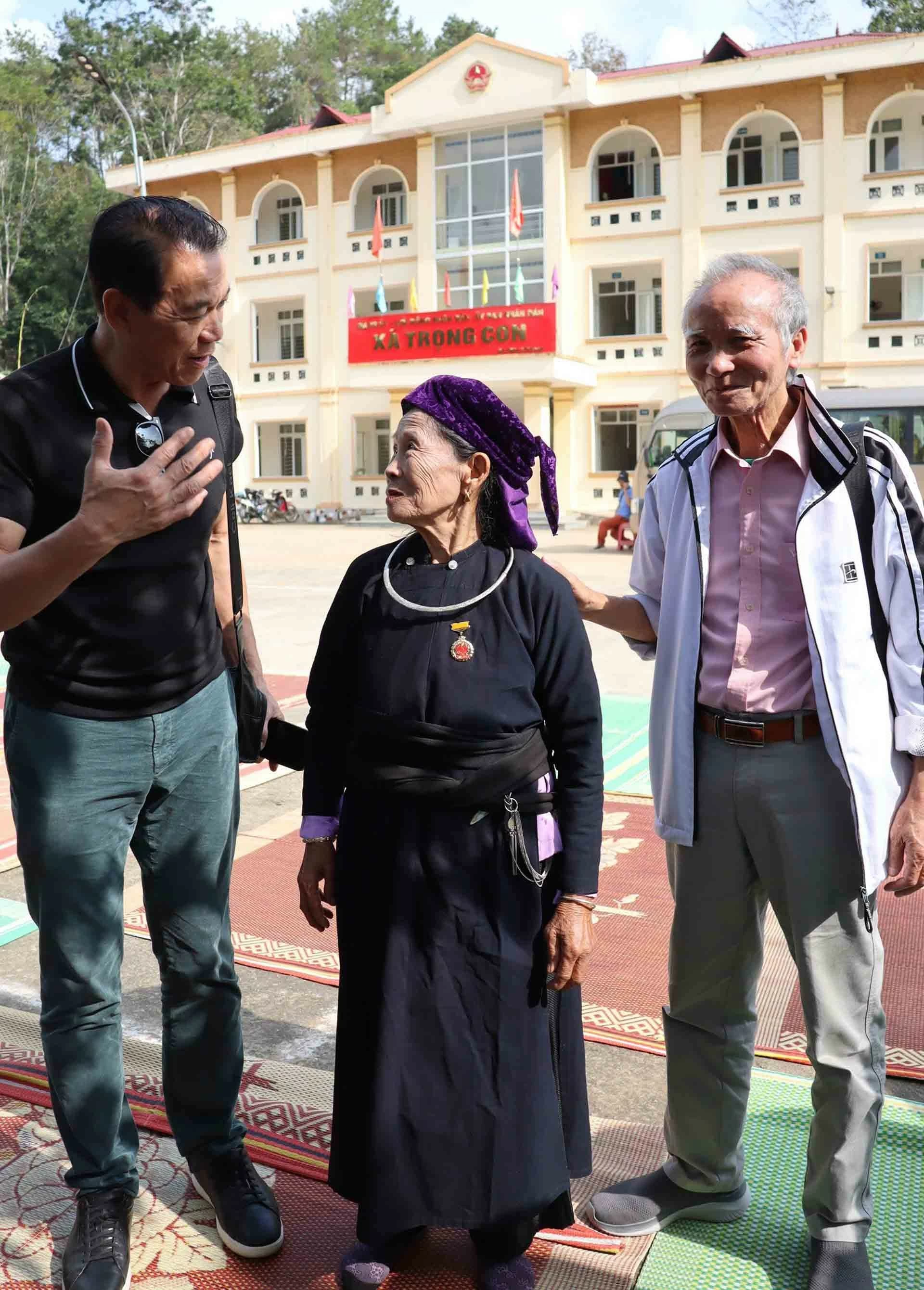 |
| Meritorious Artist Nong Thi Nhich talks with People's Artist Pham Anh Phuong, President of the Vietnam Dance Artists Association (left) and People's Artist Le Ngoc Cuong, former Director of the Department of Performing Arts. (Photo: Phuong Lan) |
Leaving Hoai Khao, the group went to Trong Con commune in Thach An district to learn about Chau dance. In front of the large yard of the commune People's Committee, wooden mats were spread out to serve as a stage for the artists to perform.
In the traditional costume of the Tay people, Chau dancers hold a musical cymbal in their right hand, follow the rhythm of their steps, and hold a fan in their left hand, moving in a circle, sometimes horizontally, sometimes forward, sometimes backward in a circle. The dance movements are decisive and graceful, following the rhythm of the Tinh lute.
Over time and with changes in social life, the art of Chau dance has been lost and few people know about it. However, in Trong Con commune, this traditional art form has been preserved through many generations.
Sharing with us, Meritorious Artist Nong Thi Nhich said: “Chau dance is an indispensable spiritual food in the spiritual life of the people of Trong Con commune.
The sweet sound of the Tinh lute and the smooth, graceful Chau dances have made me passionate about practicing and performing at village festivals, spring festivals, housewarming ceremonies, and ordination ceremonies since I was a 10-year-old girl.
In addition to admiring the Cap Sac dance, the Ba Ba catching dance, and the Chau dance, the delegation also had the opportunity to learn about the very interesting Bat dance in Dam Thuy commune, Trung Khanh district.
The dance involves six to eight people, requiring skillful coordination between hands and feet, rhythmically and precisely. The rhythm is sometimes fast, sometimes slow, combined with wrist shaking movements, the sound of chopsticks tapping on the bowl, sometimes low, sometimes high, as if to replace the stories and confidences of the women here about the difficult but peaceful life in the highlands.
Pride in national culture
Joining the delegation, Dr. People's Artist Pham Anh Phuong - President of the Vietnam Dance Artists Association, expressed his joy that the traditional dances of the ethnic minorities in Cao Bang province are still preserved and conserved over time.
Emphasizing that this is something that not every locality can do, he shared: “The dances still retain their own identity and are imbued with indigenous culture. That is valuable material for dance instructors to research and incorporate into their teaching curriculum. At the same time, this trip is also an opportunity for choreographers to find ideas and materials for their works.”
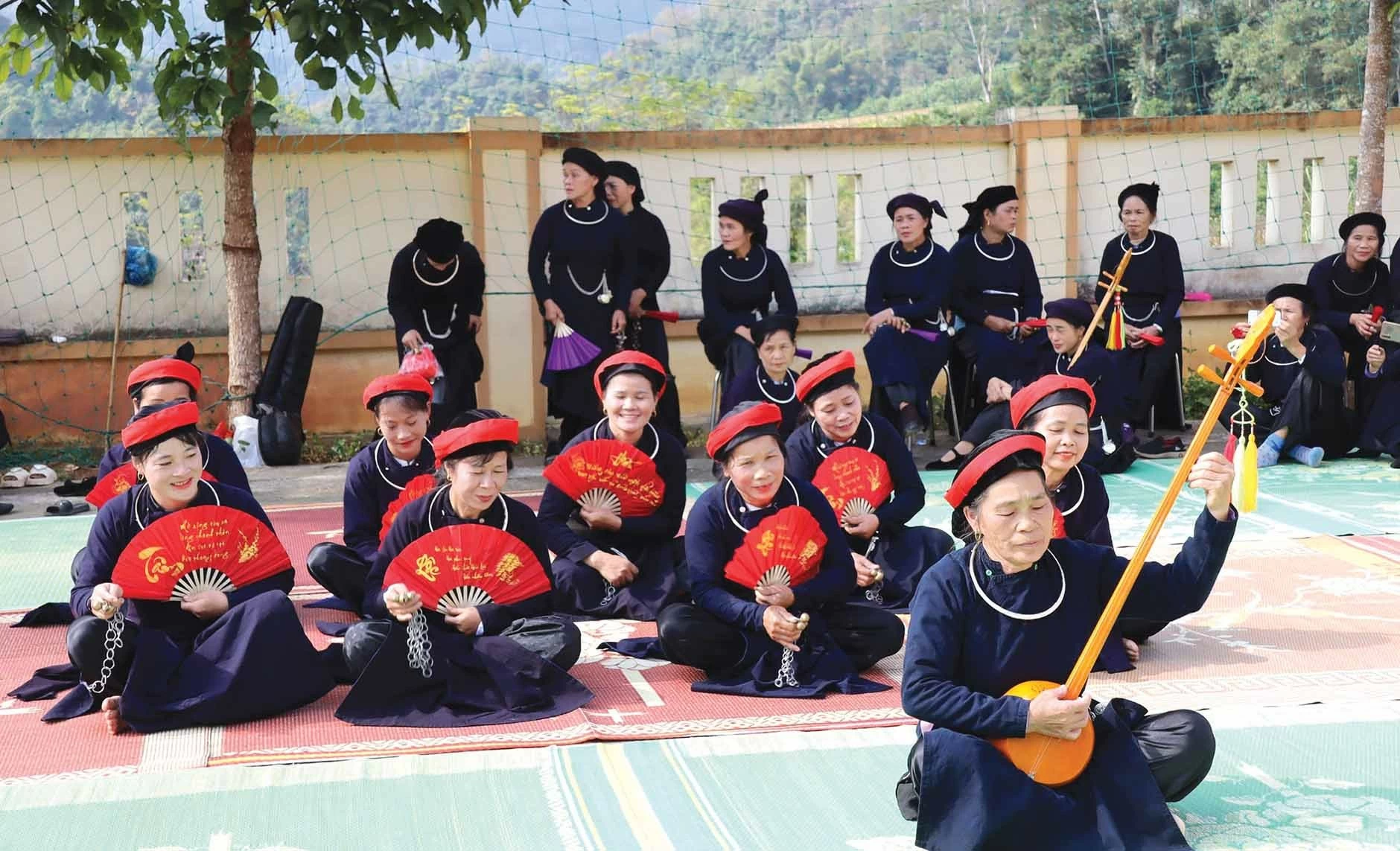 |
| Artists perform the Tinh lute and Chau dance in Trong Con commune, Thach An district. (Photo: Phuong Lan) |
Talking to us, the leader of the Department of Culture, Sports and Tourism of Cao Bang province also said that in recent years, activities to preserve and promote the cultural beauty in folk dances of ethnic minorities have always received special attention from the provincial leaders as well as the Department of Culture and Tourism.
Accordingly, in order to implement the Project under the National Target Program on socio-economic development of ethnic minority and mountainous areas, period 2021-2030, phase I 2021-2025, Cao Bang province focuses on researching, collecting and preserving folk dances of ethnic minorities in the province in association with tourism development.
In particular, the province always pays attention to and supports artisans in the field of intangible cultural heritage; Training to improve the capacity of officials working in cultural and artistic work, meeting the requirements of developing the province's cultural career.
Besides the achievements, Cao Bang is also facing many challenges in the process of developing cultural and artistic activities such as: unsynchronized infrastructure; lack of high-quality human resources in the field of management, conservation and development of cultural heritage.
In particular, raising awareness among local communities about the importance of cultural heritage remains a major challenge; many people are not yet aware of their role in protecting and promoting traditional cultural values…
In the coming period, Cao Bang province will have synchronous policies and solutions on financial investment, human resource training, building management mechanisms and effectively exploiting the province's unique cultural heritage.
In addition, the province is also aware that the development of cultural and tourism industries not only contributes to promoting socio-economic growth, but is also an opportunity to preserve and promote the traditional cultural values of this land, including the extremely unique folk dance form.
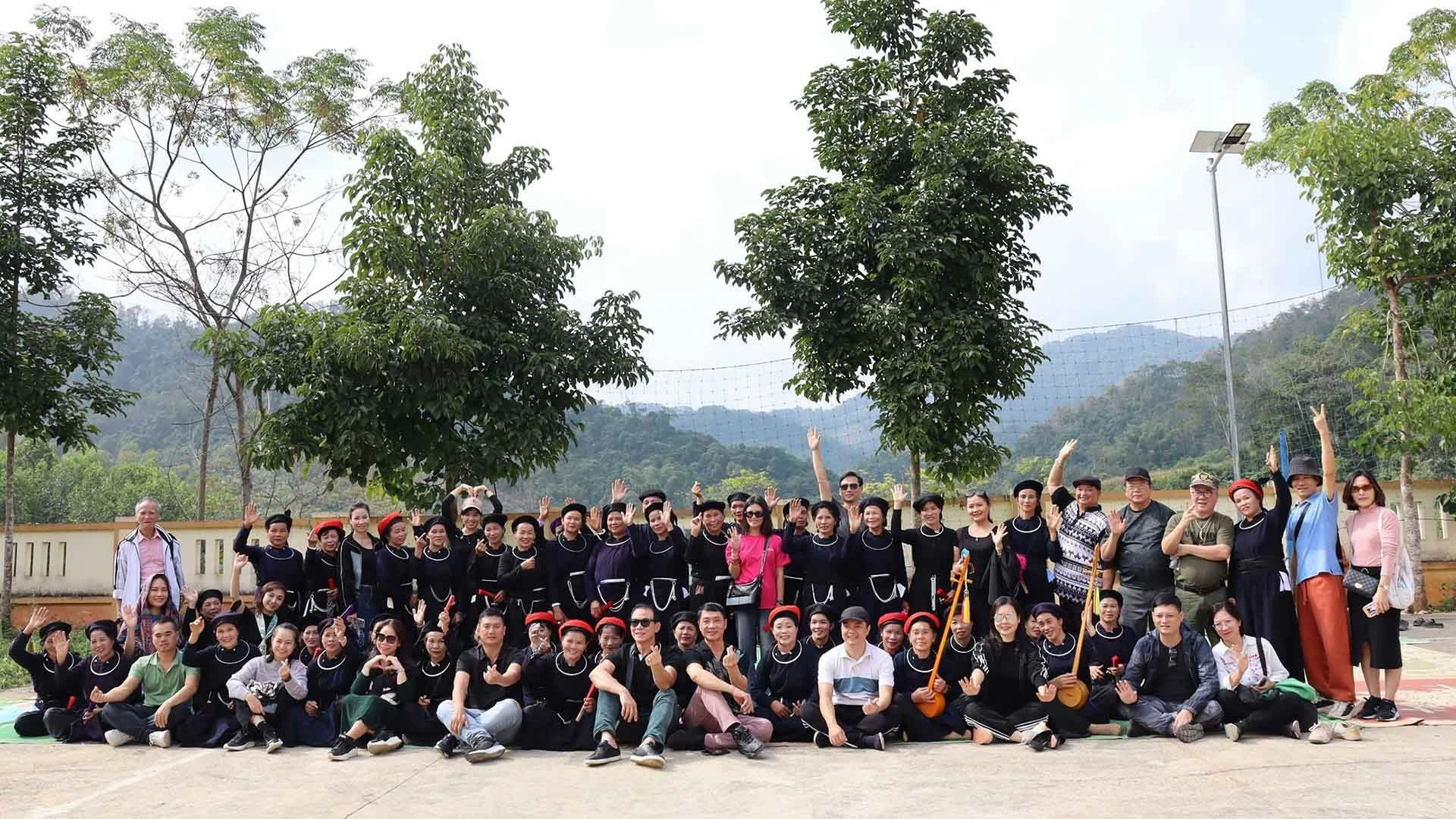 |
| The delegation took photos with artisans in Cao Bang. (Photo: Phuong Lan) |
Saying goodbye to Cao Bang, the delegation not only missed the natural beauty and people but also had a special impression of the typical dances of this land. The performances of ethnic minority artists took the audience from one surprise to another. One thing everyone noticed in common was that the faces of the people always showed pride and honor in the unique cultural identity of their people.
Although life is still difficult, the people here still retain their rustic and pure character. They are honest, lovable, and not too affected by commercial life. In particular, traditional cultural values are always prioritized and valued by the people as precious assets.
Source: https://baoquocte.vn/lac-trong-nhip-dieu-dan-gian-o-cao-bang-291316.html



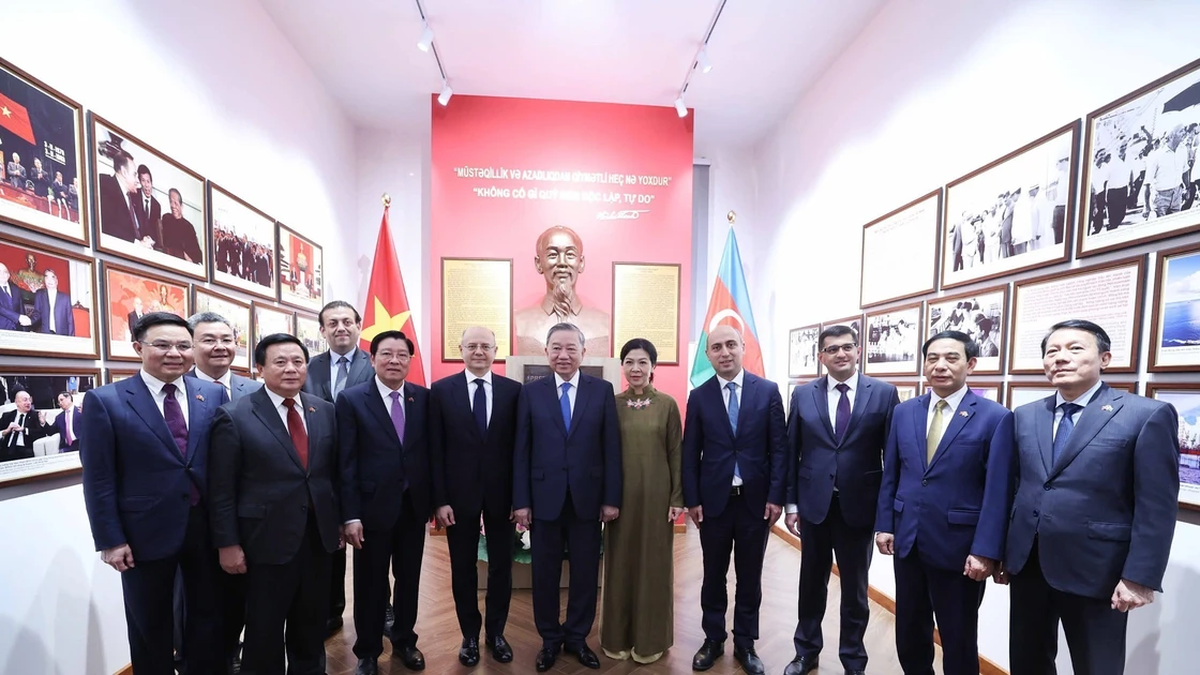
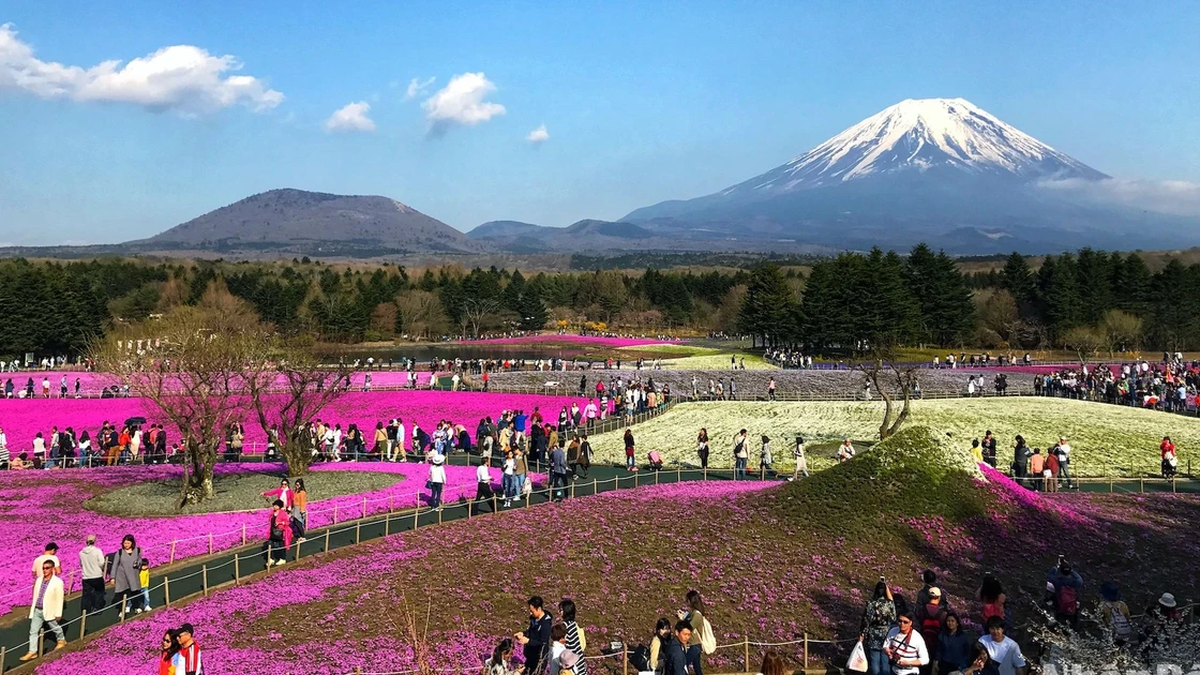
![[Photo] General Secretary concludes visit to Azerbaijan, departs for visit to Russian Federation](https://vphoto.vietnam.vn/thumb/1200x675/vietnam/resource/IMAGE/2025/5/8/7a135ad280314b66917ad278ce0e26fa)
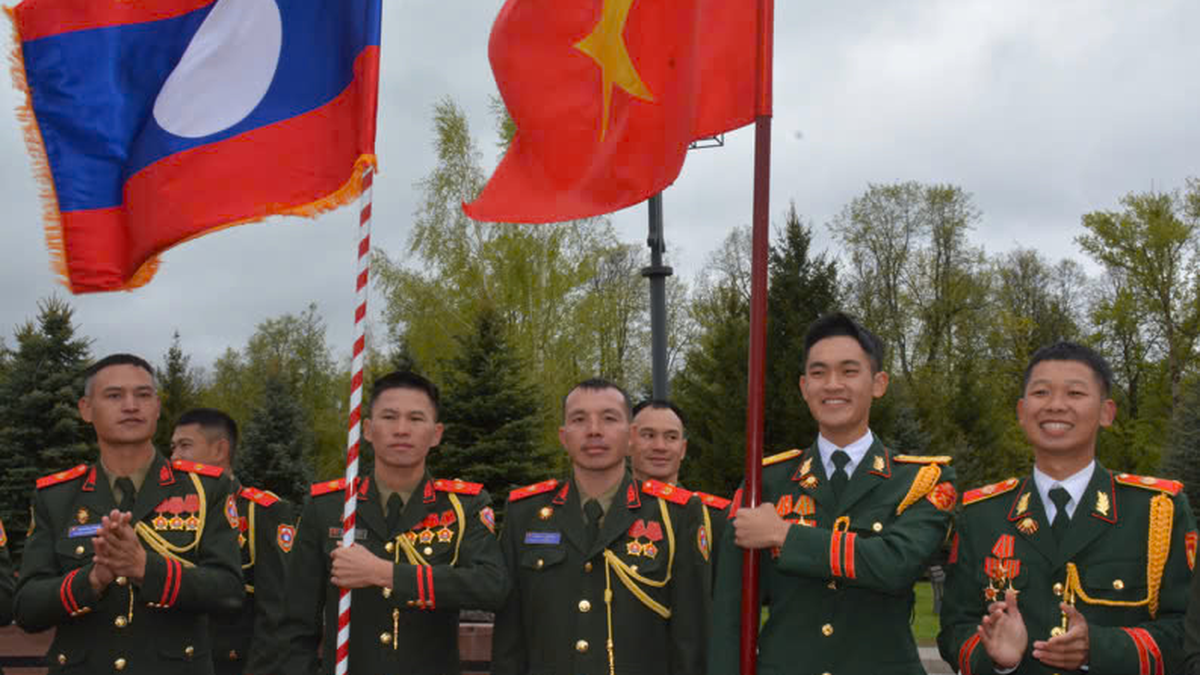
![[Photo] General Secretary To Lam receives leaders of typical Azerbaijani businesses](https://vphoto.vietnam.vn/thumb/1200x675/vietnam/resource/IMAGE/2025/5/8/998af6f177a044b4be0bfbc4858c7fd9)






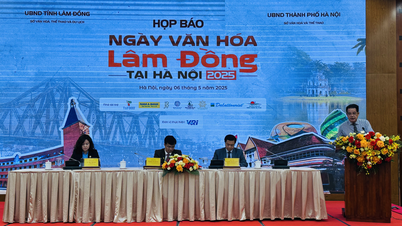





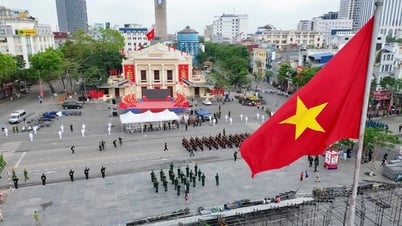

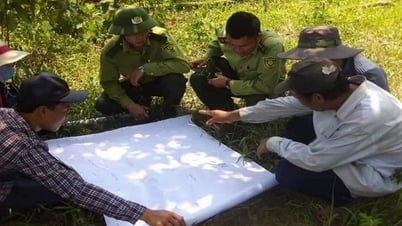
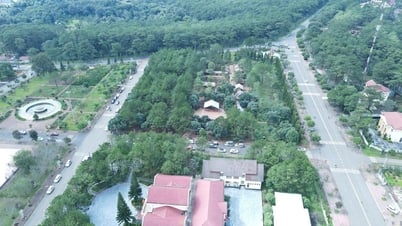
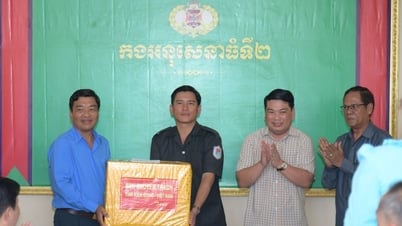




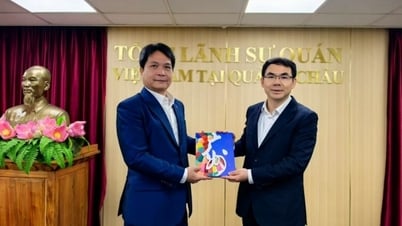




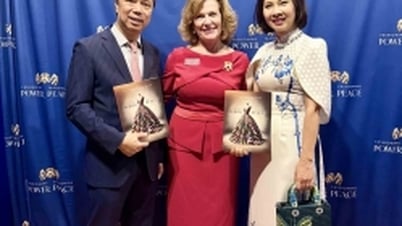
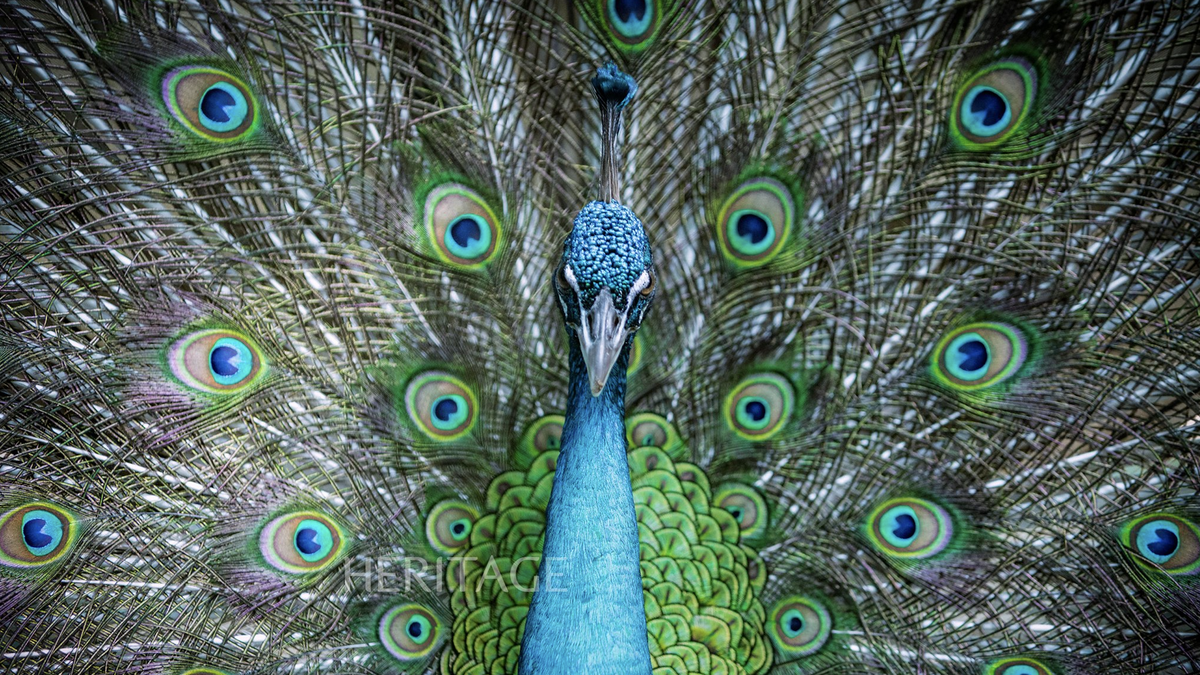
















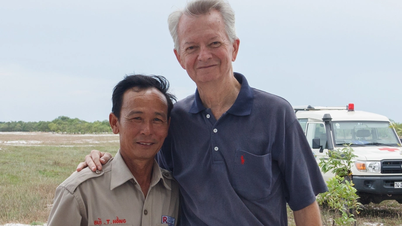












![[Photo] Prime Minister Pham Minh Chinh talks on the phone with Singaporean Prime Minister Lawrence Wong](https://vphoto.vietnam.vn/thumb/402x226/vietnam/resource/IMAGE/2025/5/8/e2eab082d9bc4fc4a360b28fa0ab94de)
















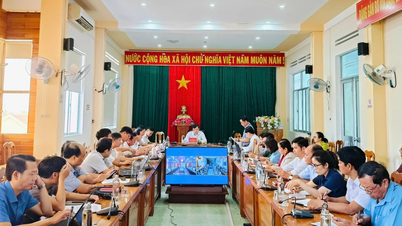

















Comment (0)